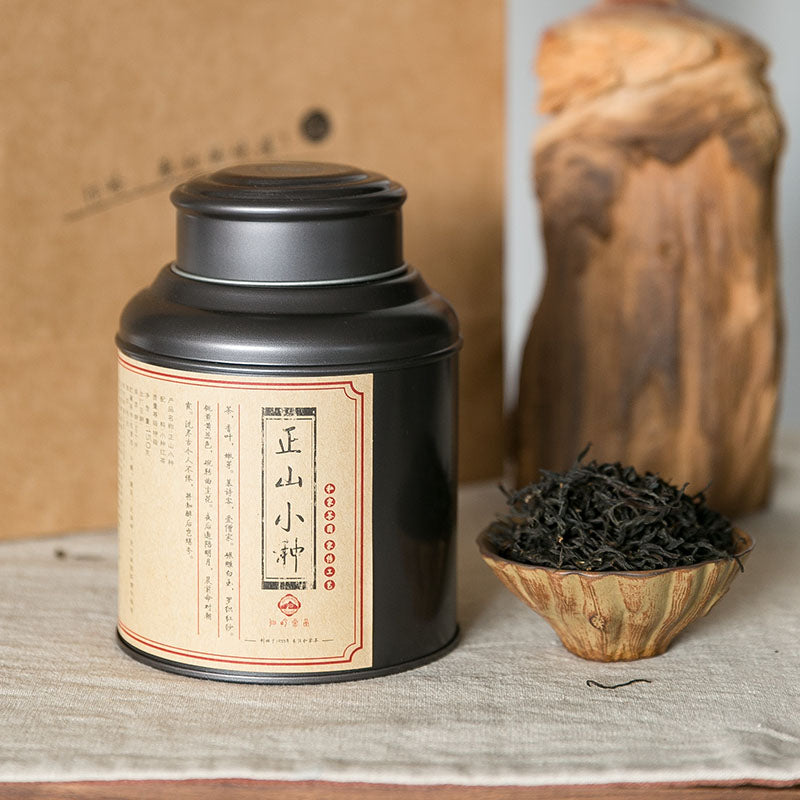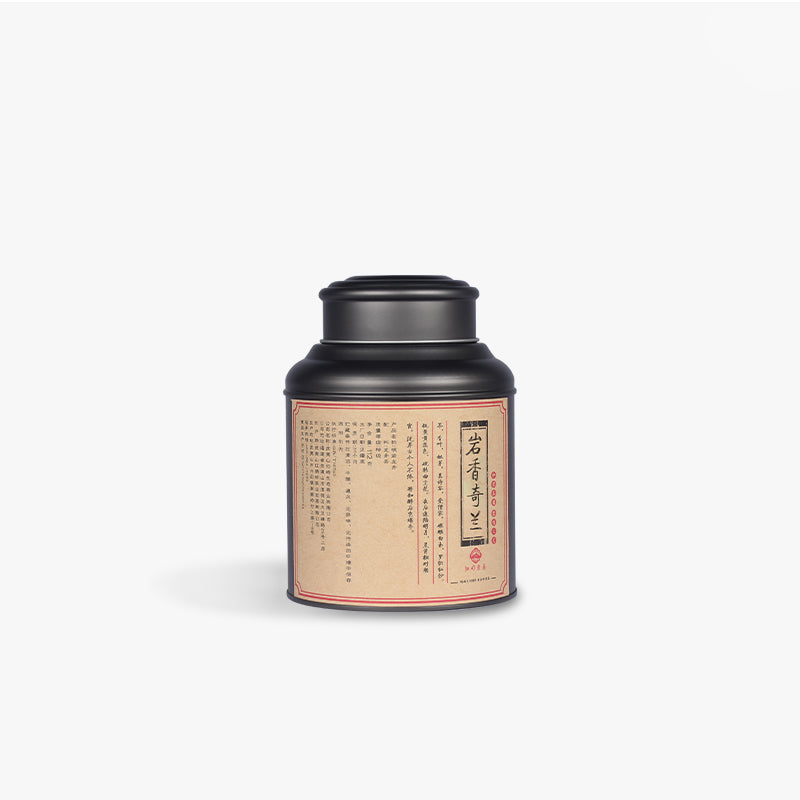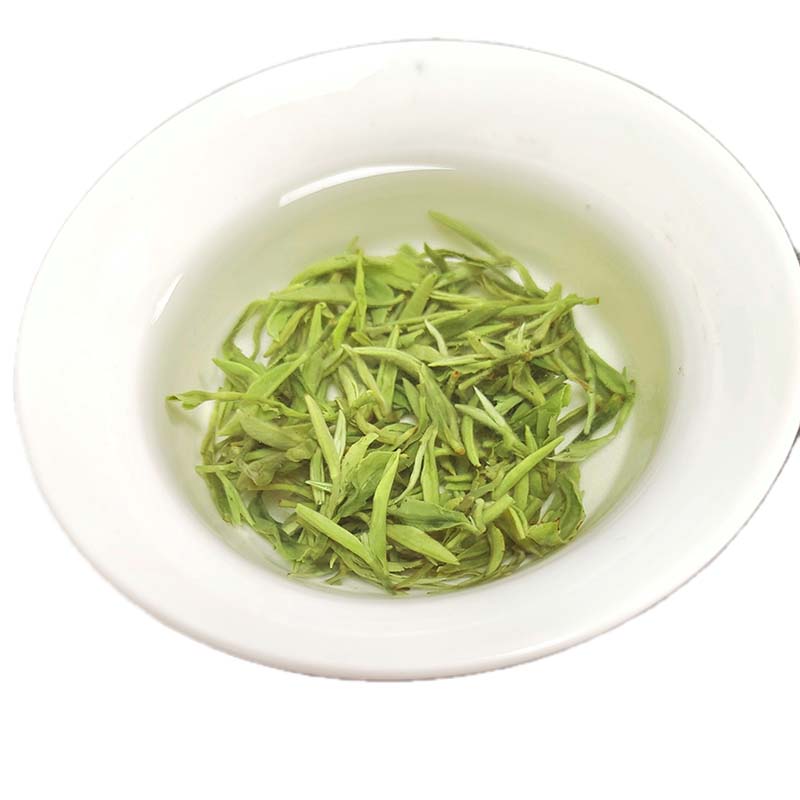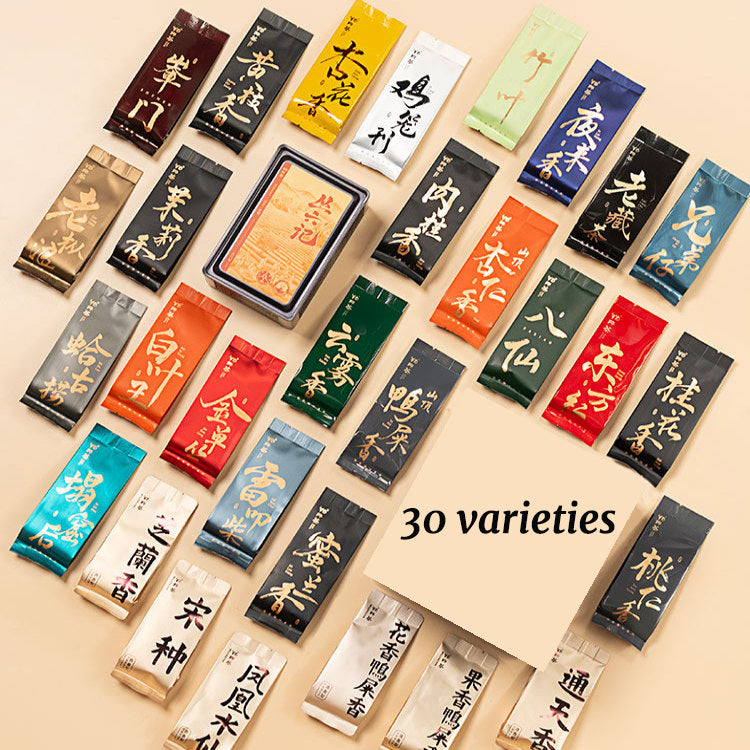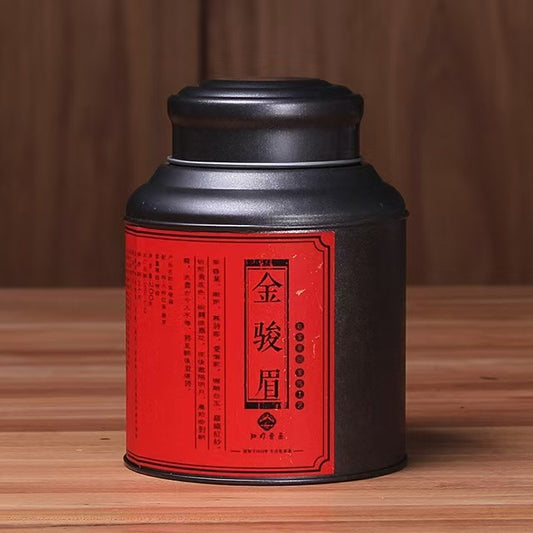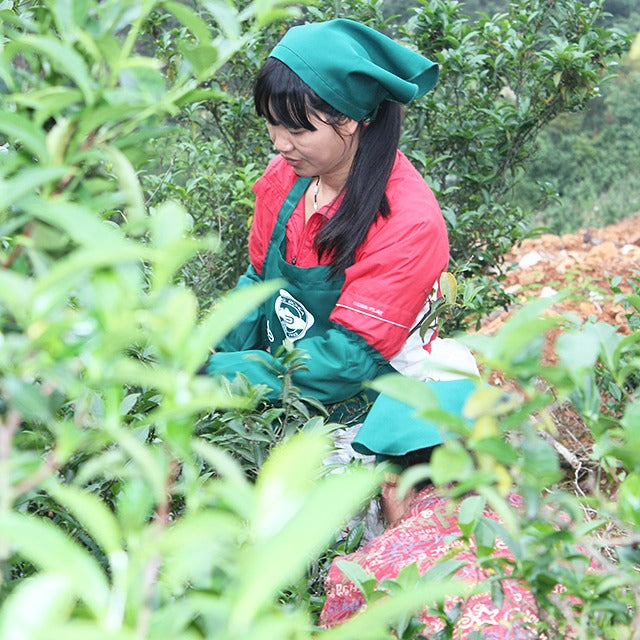Words to Describe Tea
Words to Describe Tea
The world of tea is as vast and varied as the landscapes that nurture its growth. For those of us who find solace in a steaming cup, describing the nuanced experience of tea is both a joy and a challenge. It’s an exercise in precision, a chance to unearth the language that encapsulates the essence of each leaf, each sip.
Let's start with a thought: have you ever noticed how the word “fragrant” falls short? Sure, it nods to aroma, but it doesn’t quite capture the fleeting dance of jasmine on the nose or the earthy embrace of a pu-erh. Delving into the specifics, we might say a jasmine tea is perfumed, or even opulent. Meanwhile, a ripe pu-erh murmurs with notes of wet earth, offering something musty, akin to a forest walk after rain.
When we speak of flavor, it’s tempting to default to basics: sweet, bitter, sour. But tea lovers know that these terms scratch only the surface. Consider the lush complexity of a well-crafted oolong. Described as toasty, sometimes even buttery, it evokes the warmth of freshly baked goods without a single crumb in sight. It's a tea that’s more of an embrace than an encounter, a testament to the meticulous crafting that oolong demands.
And what of texture? A seemingly niche attribute, yet profoundly impactful. From the dry, astringent bite of a brisk Assam to the velvety smoothness of a matcha whisked to foamy perfection, texture shapes our experience of tea in subtle yet powerful ways. Each texture tells its own story, whether it's the sharp pinch that prompts a wakeful moment or the soft caress that lulls you into tranquility.
Origin, too, lends a tea its distinctive identity. Imagine a Longjing, harvested during the tender early days of spring in China’s Hangzhou region. Its character is distinctly fresh, almost grassy, painting a picture of dew-kissed mornings and tender new beginnings. On the other hand, a Keemun from Anhui might be described as having smoky undertones, a flavor that hints at misty mountains and quiet, contemplative evenings.
It’s worth pondering how these descriptions carry so much more than sensory information. They evoke place, history, and even emotion. In the process of describing tea, we are not just communicating taste and scent — we are sharing a narrative, an invitation to experience a moment in time that transcends the simplicity of leaves and water.
So next time you sip, pause a moment. Listen to what the tea whispers. Find the words that capture its spirit and enrich your experience. Sharing these words is more than just a practice in articulation; it’s an act of connection — one that binds us to centuries of culture and to one another, in the gentle companionship of a shared cup.

